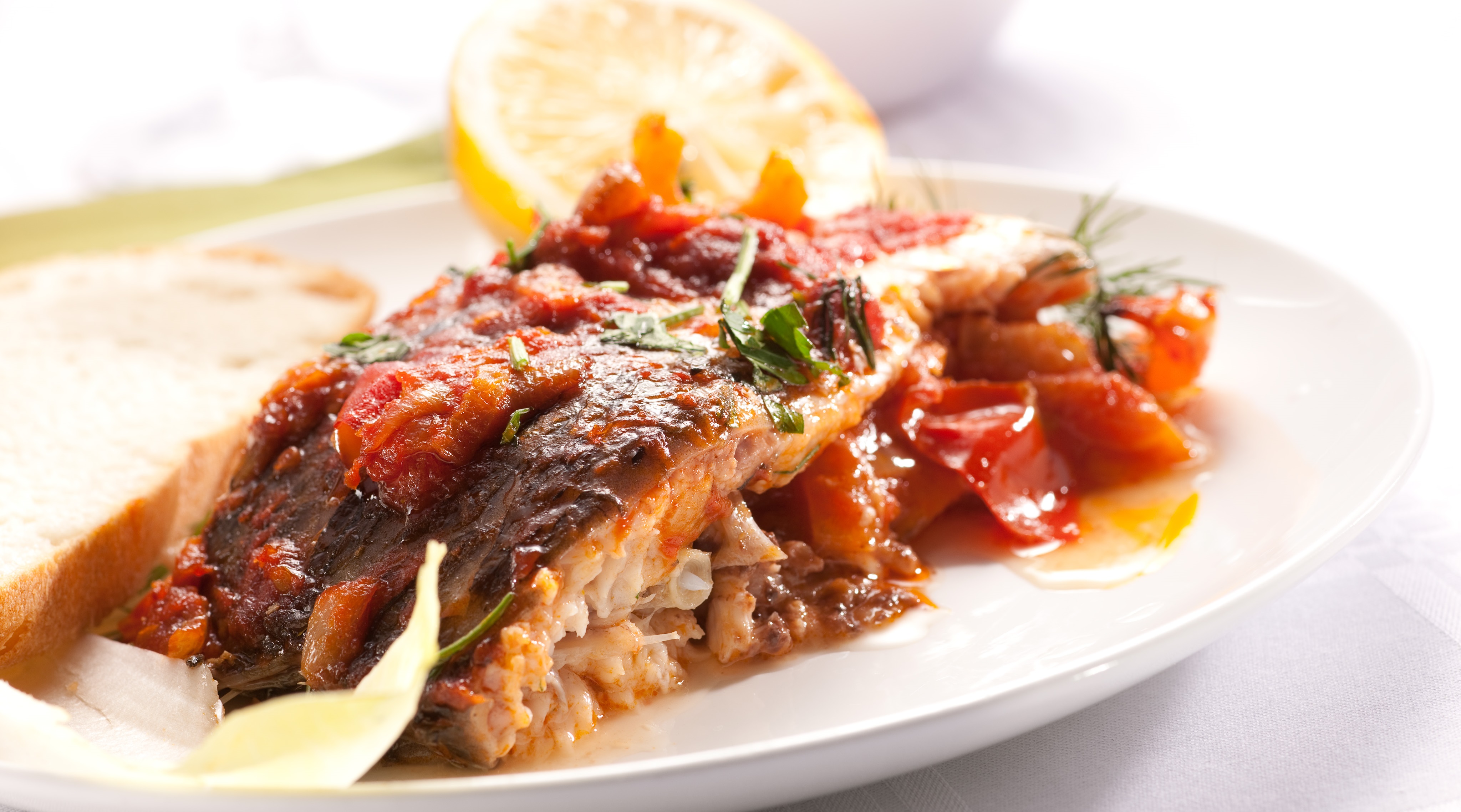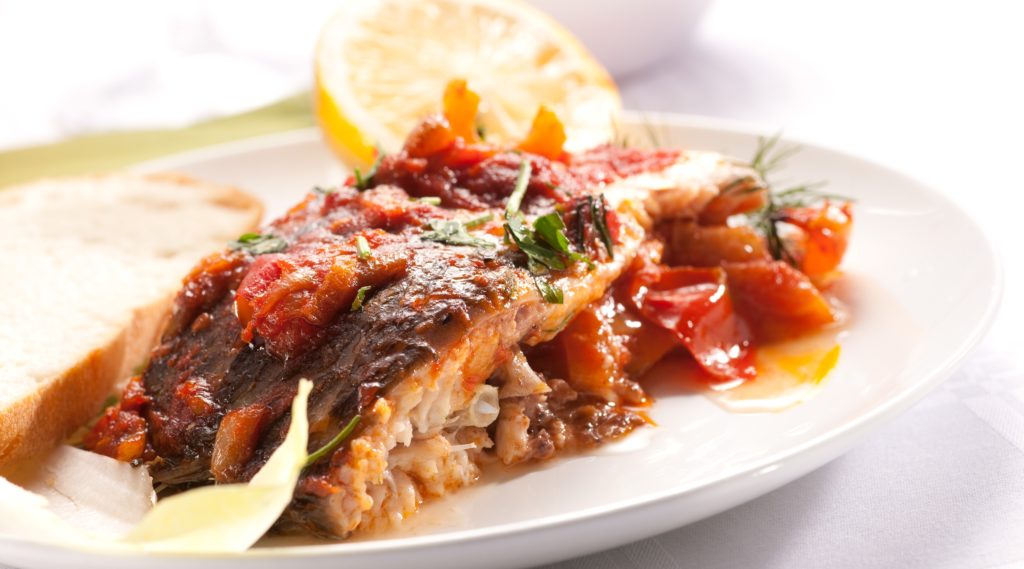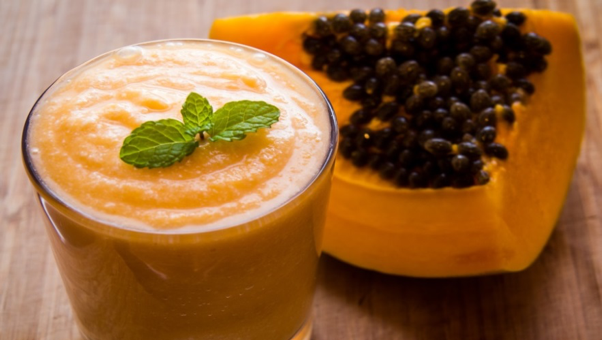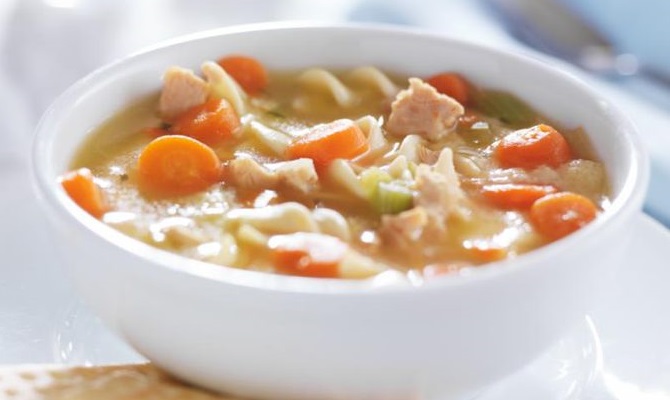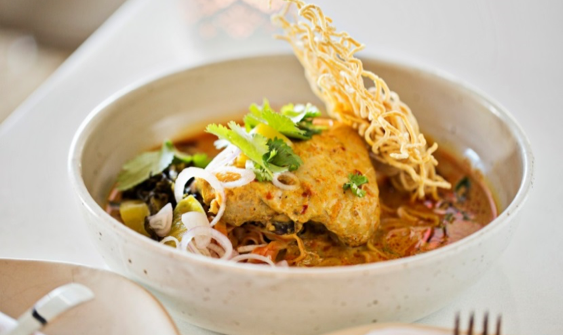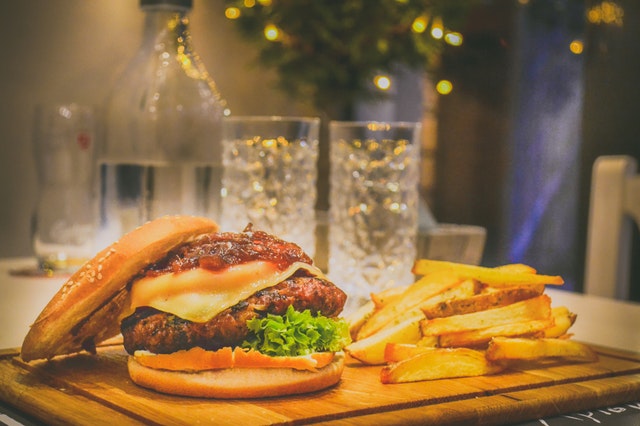Compliance and Checklist

Compliance and Checklist for Diabetes by Famhealth
Despite significant modern advances in diagnosis and treatment of diabetes, compliance still remains the most crucial aspect of blood glucose level control. Scientific research in National Institute Health USA, suggests “Poor glycaemic control may be reflected by both the failure of diabetes self-management by patients as well as inadequate intervention strategies by clinicians”. Hence identifying the barriers in compliance and treatment adherence is an equally important aspect for successful diabetes management.
Barriers in compliances may be due to various reasons but as per research the majority of non-compliances in diabetes management could be due to In-adequate information, Cultural differences, Religious beliefs, Family dynamics, Emotional imbalances, and sometimes poor communication skills.
According to the American Diabetes Association, The major compliance regimen for people living with Diabetes includes:
- On time Medications:
- Medications on time, helps you to maintain a “good control” of blood glucose levels in your body. People living with diabetes are often prescribed multiple medications for diabetes and other co morbid conditions.
To ease your medicinal intake you are advised to check with your doctor on the sequence of medicines to be consumed as per priority for e.g. which medications to consume before/after meals.
To manage and ensure medicinal compliance you are encouraged to take the help of friends/family/colleagues who can effectively remind you to take your medications on time every time!
- Medications on time, helps you to maintain a “good control” of blood glucose levels in your body. People living with diabetes are often prescribed multiple medications for diabetes and other co morbid conditions.
- Food & Nutrition:
- According to Dr. Mona registered dietician from USA says, “Good food is good medicine and bad food is bad medicine”. You are advised to have frequent diabetes friendly meals, to reap the maximum benefits of successful diabetes management. To know more refer to our Food section.
- Exercise regimen:
- Regimen: Having a daily exercise regime not only helps you to stay fit and healthy, but has also helped so many people in reversing their conditions remarkably! At Famhealth exercising can never get boring! Get to know the new forms and join our community to experience fun “do it with us” exercising modules.
- Monitoring blood glucose levels:
- Checking your blood glucose levels timely as recommended by your doctor helps to administer the effect of food, medicines and physical activity in your body. It is almost a reflection of how well you are managing your condition. You are encouraged to take help of your partner/family member/caregivers to learn the right ways of monitoring blood glucose levels to ensure diabetes compliance.
Family/friends/caregivers play a vital role in helping a person living with diabetes to overcome all the barriers and come on top their conditions
- Check blood sugar levels as often as recommended by your doctor. By checking your blood glucose level, you can know how food, physical activity and medicine affect your blood glucose.
- Inspect your feet daily for cuts, injuries, blisters, infection and changes in skin pigmentation.
- Inspect your mouth, teeth and gums. People living with diabetes often are prone to periodontal gum diseases, doctors’ advice brushing twice daily and flossing once in a week.
- Check for infection, cuts, blisters, or colour changes all over the body including your underarms, groin area, area between toes, etc.
- As you may be already aware, people with diabetes must avoid hot water baths as hot baths often lead to wrinkling and blisters in skin.
- Keep your supplies close: Make an attractive kit bag and keep all the necessary medications and food items within your reach. Replenish the kit daily to keep your energy elevated, and blood glucose levels normal.
- Last but not the least take your medications on time and at least exercise or walk for a minimum 45 minutes daily to regulate blood glucose levels.
Non adherence to the above treatment compliances often leads to frustration in families and also in doctors treating diabetes individuals




